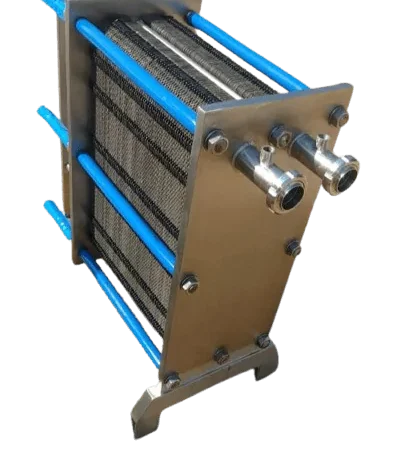info@royalengineers.in
Halalpur, Saharanpur, India


Pasteurizing milk kills harmful bacteria—but what happens next? Without rapid cooling, your dairy product risks spoilage, wasted batches, and safety hazards. Enter milk chiller: the unsung heroes that lock in freshness by swiftly bringing temperatures down after heat treatment.
Solution: Royal Milk chiller drop temps to <40°F (4°C) in minutes, halting microbial growth and preserving taste.
FAQs (What Buyers Ask)
Q: How fast should milk cool post-pasteurization?
A: Ideally <2 hours from 212°F to 40°F to meet safety standards.
Q: Can chillers handle other liquids?
A: Yes! Adapt them for juices, plant-based milks, or brewing processes.
Q: Are they costly to maintain?
A: Not with routine cleaning and coil checks—budget for annual servicing.
Don’t let slow cooling undo the benefits of pasteurization. Milk chiller delivers speed, safety, and quality in one critical step. Explore More or chat with our team to match your production needs!